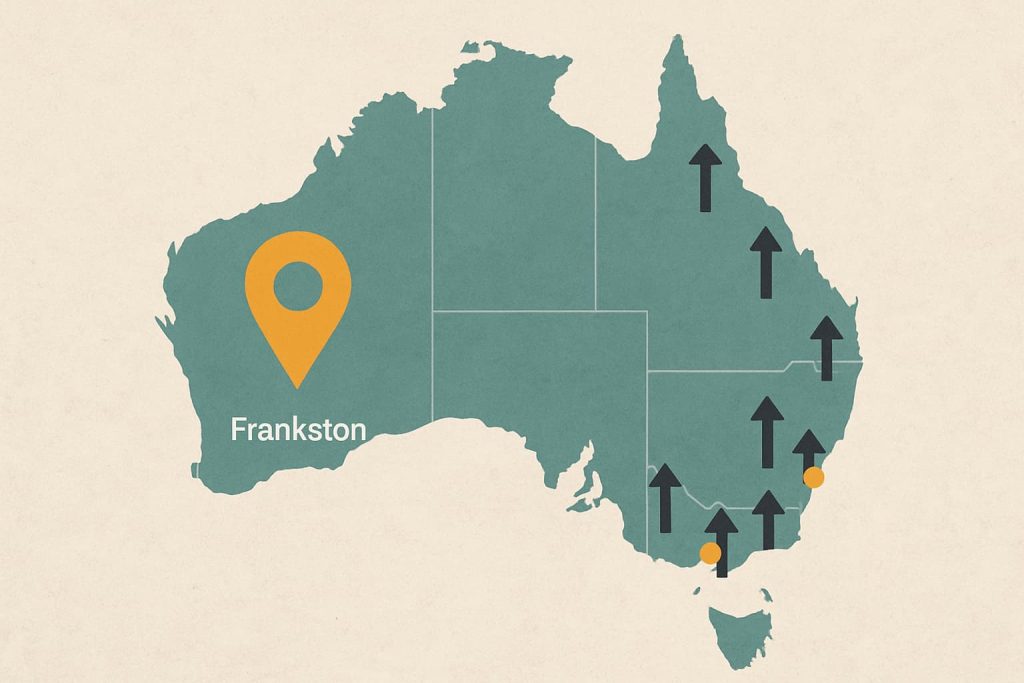The property downturn worst could be over as the Melbourne and Sydney property markets look to have stabilised.
With the slowdown in property loans levelling off, the latest Westpac-Melbourne Institute Index says consumers feel it’s the best time to buy since early 2015.
Westpac senior economist Matthew Hassan spoke to the Australian Financial Review.
“Housing-related sentiment continues to show a clearer positive response to lower interest rates with assessments of both ‘time to buy’ and house price expectations recording strong increases in July,” he said.
The Council of Financial Regulators, which is made up of the likes of the Australian Prudential Regulation Authority, Australian Securities and Investments Commission and Treasury, also spoke this week of a cautious optimism in the market.
“Council members discussed the signs of stabilisation in the Sydney and Melbourne housing markets, evident in both housing prices and auction clearance rates,” their quarterly meeting statement minutes said.
“They observed that the adjustment over the past two years has been sizeable and conditions in most other capital cities continue to be soft.”
“Risks to lenders from housing price falls have to date been limited by the strength of the labour market, low interest rates and the improvement in lending standards in recent years.”
With regards to Melbourne’s property market, house price growth hit positive territory for the time since the peak in 2017.
For the month of June house prices in Melbourne crept up 0.2 per cent according to CoreLogic data.
Last weekend the preliminary auction clearance rate hit 70.3 per cent in our city.
Two of the main drivers of the recovery are back-to-back interest rate cuts from the RBA and the Liberal election win which meant no changes to negative gearing or capital gains tax concessions.
APRA lifting its 7 per cent serviceability buffer and other lending restrictions is also contributing to improved borrowing conditions and consumer sentiment.



